The latest in a series of comics by our regular contributor and photographer Paula Sweet […]
Category: beauty
Roberto Cavalli passes away in Firenze, aged 83
Known for combining glamour and energy in modern fashion, Roberto Cavalli was often the life and soul of the party […]
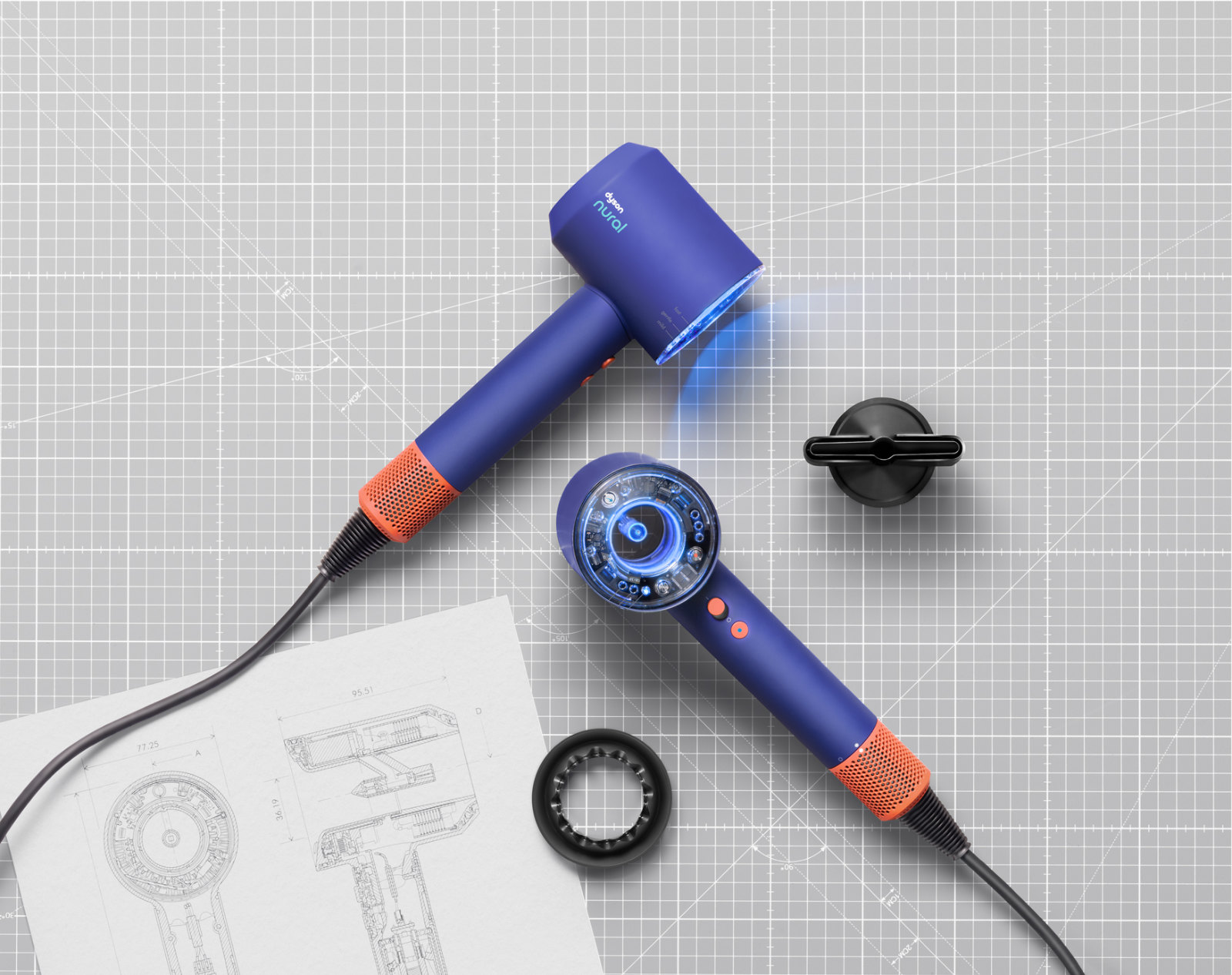
If you’ve a spare €48,000, there’s a new necklace, while Dyson and Merve Bayindir bring out more creativity with their latest offerings […]

Stories about style: elegant, luxury modest swimwear, special-edition Dyson hair tools, a notebook that puts good design and function top, and Jennie gets a new role at Chanel […]
Michelle Yeoh becomes Helena Rubinstein’s latest brand ambassador
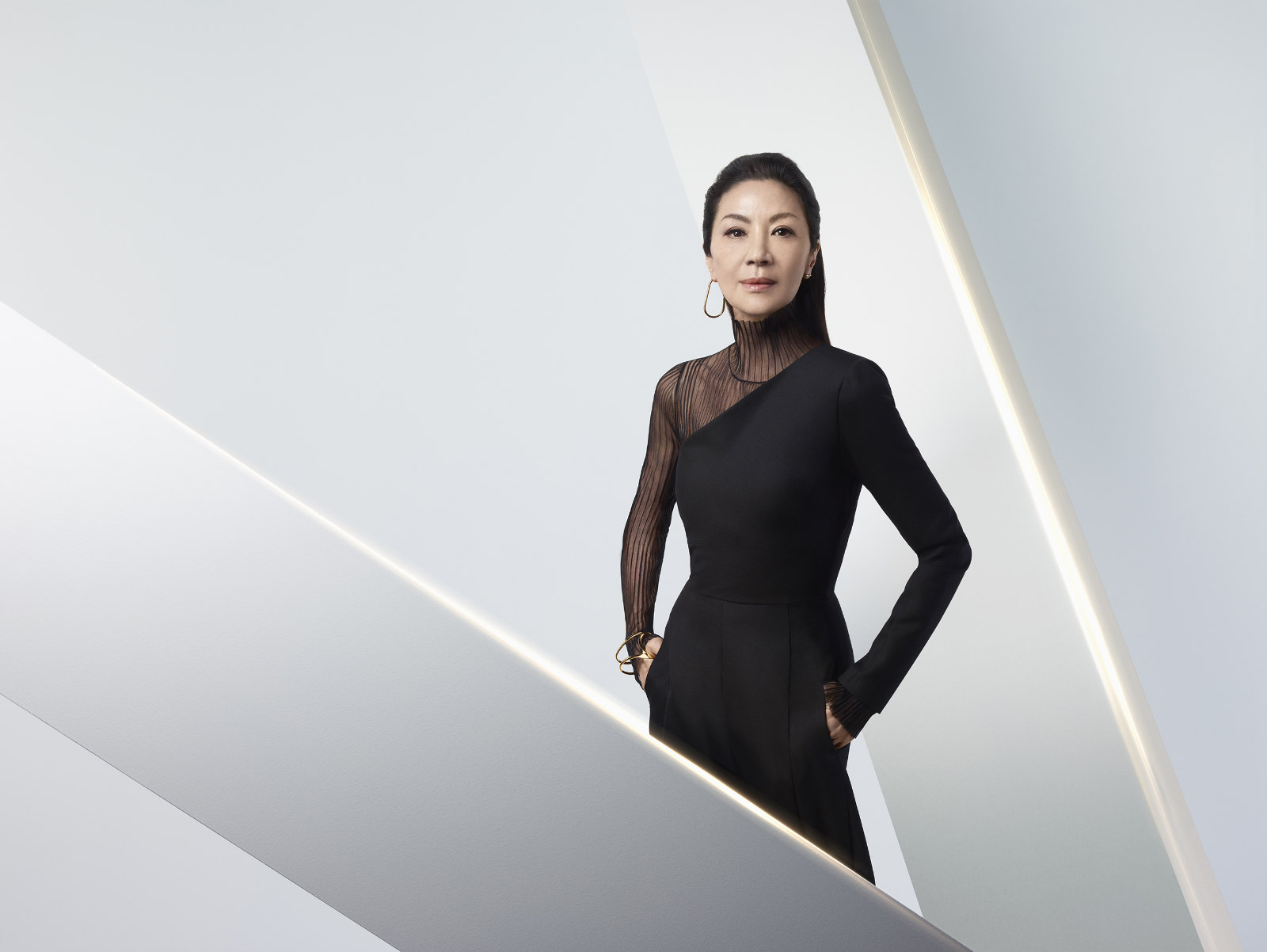
Touted as a comeback for the brand, the former Miss Malaysia and Academy Award-winning actress becomes its latest spokeswoman […]
Get to know Navjot Kaur, Miss World Aotearoa New Zealand 2024
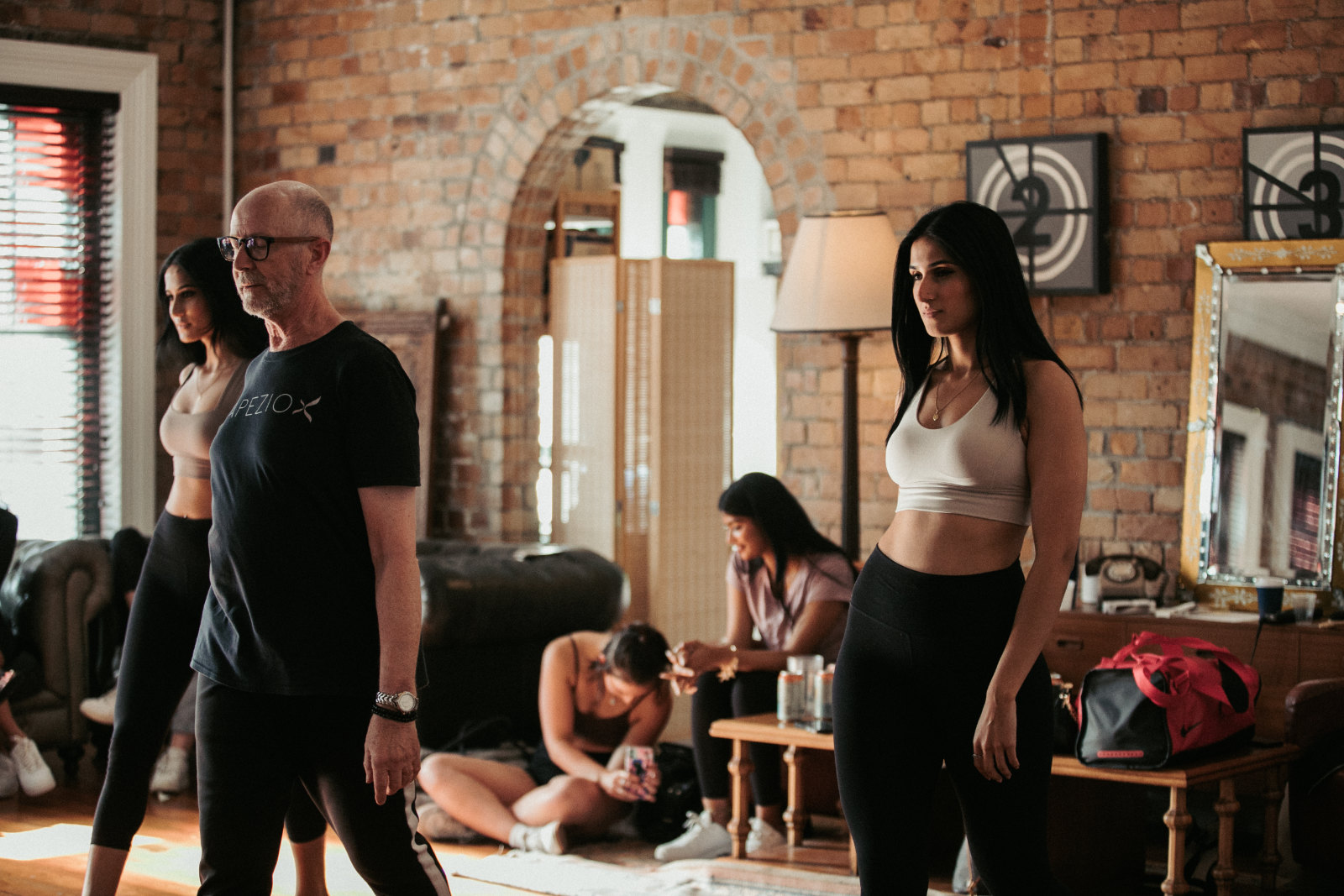
Find out more about the first Miss World New Zealand of Indian heritage […]
Dyson launches Supersonic r hairdryer in action, backstage at New York Fashion Week
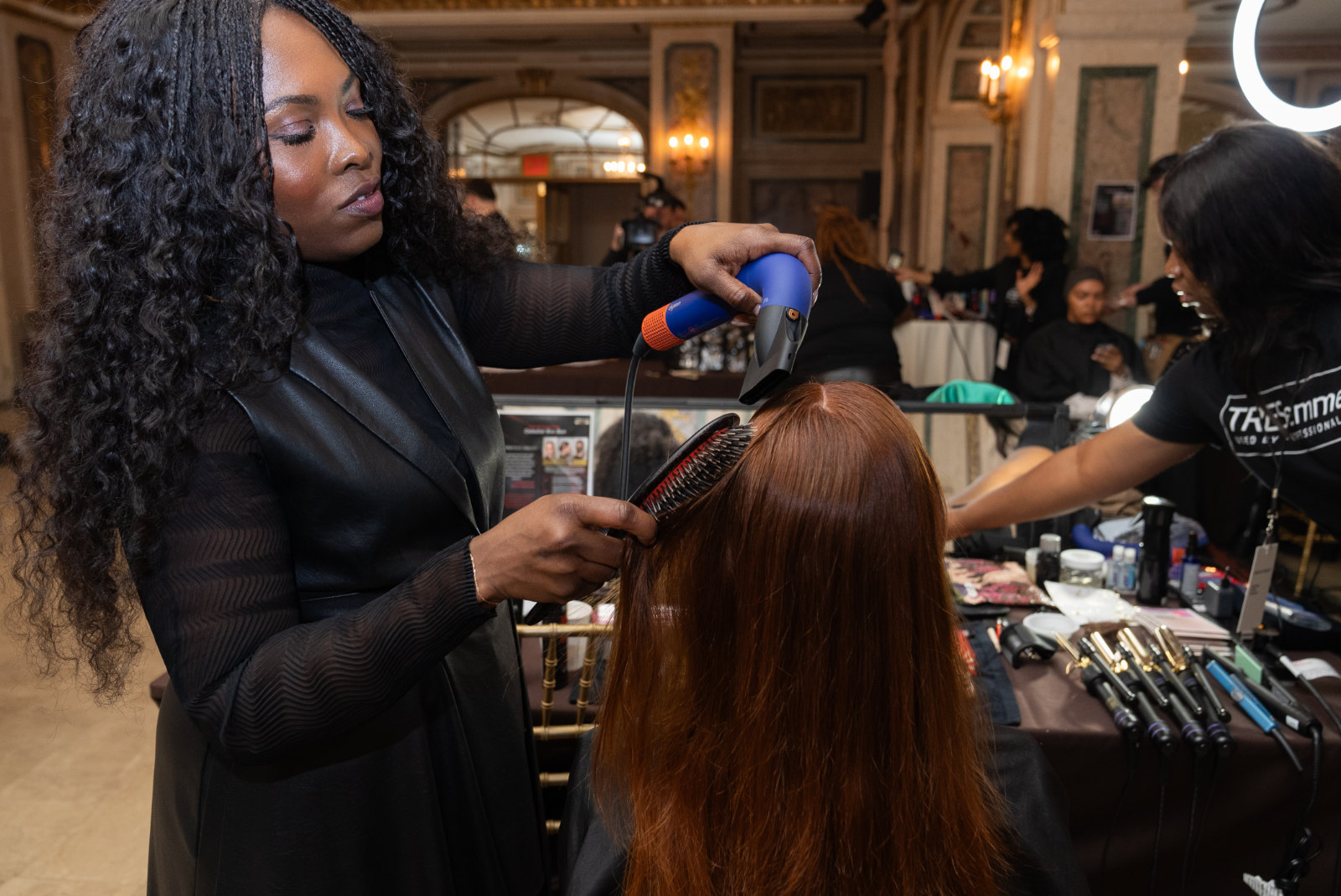
Dyson shows that its Supersonic r can handle the professional demands of New York Fashion Week […]
Anne Hathaway is the new face for Shiseido’s latest skin care launch
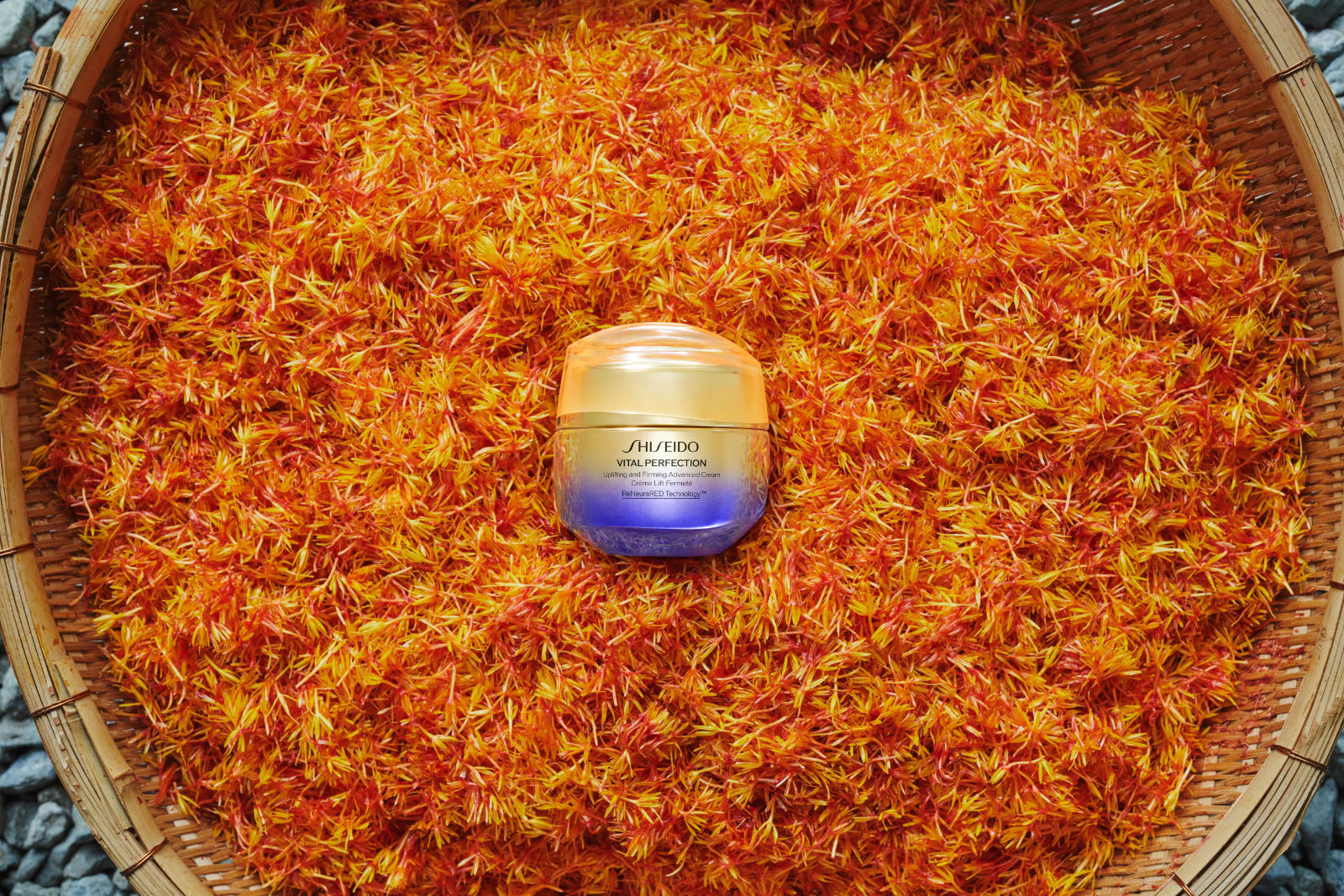
Shiseido’s new Vital Perfection Uplifting and Firming Advanced Cream is the line’s most advanced age-prevention product to date, reports Jody Miller […]
Luxury resort Palazzo di Varignana launches health and wellness programmes founded in science
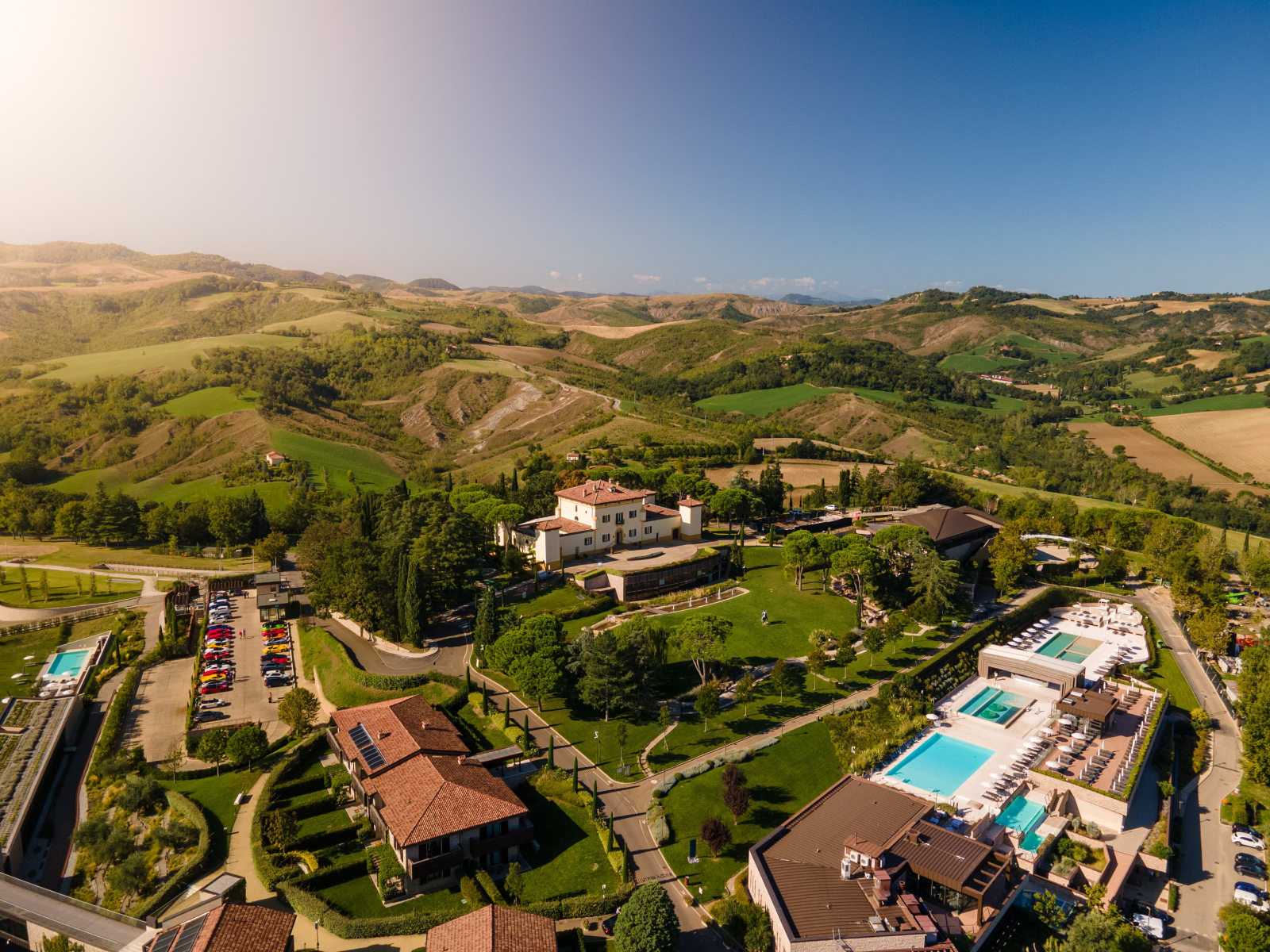
Renowned dietician and nutrionist designs programmes for those who seek a better balance between body and spirit […]
In brief: California Naturals hits Amazon today; Bondi Sands’ new Sport Wet Skin
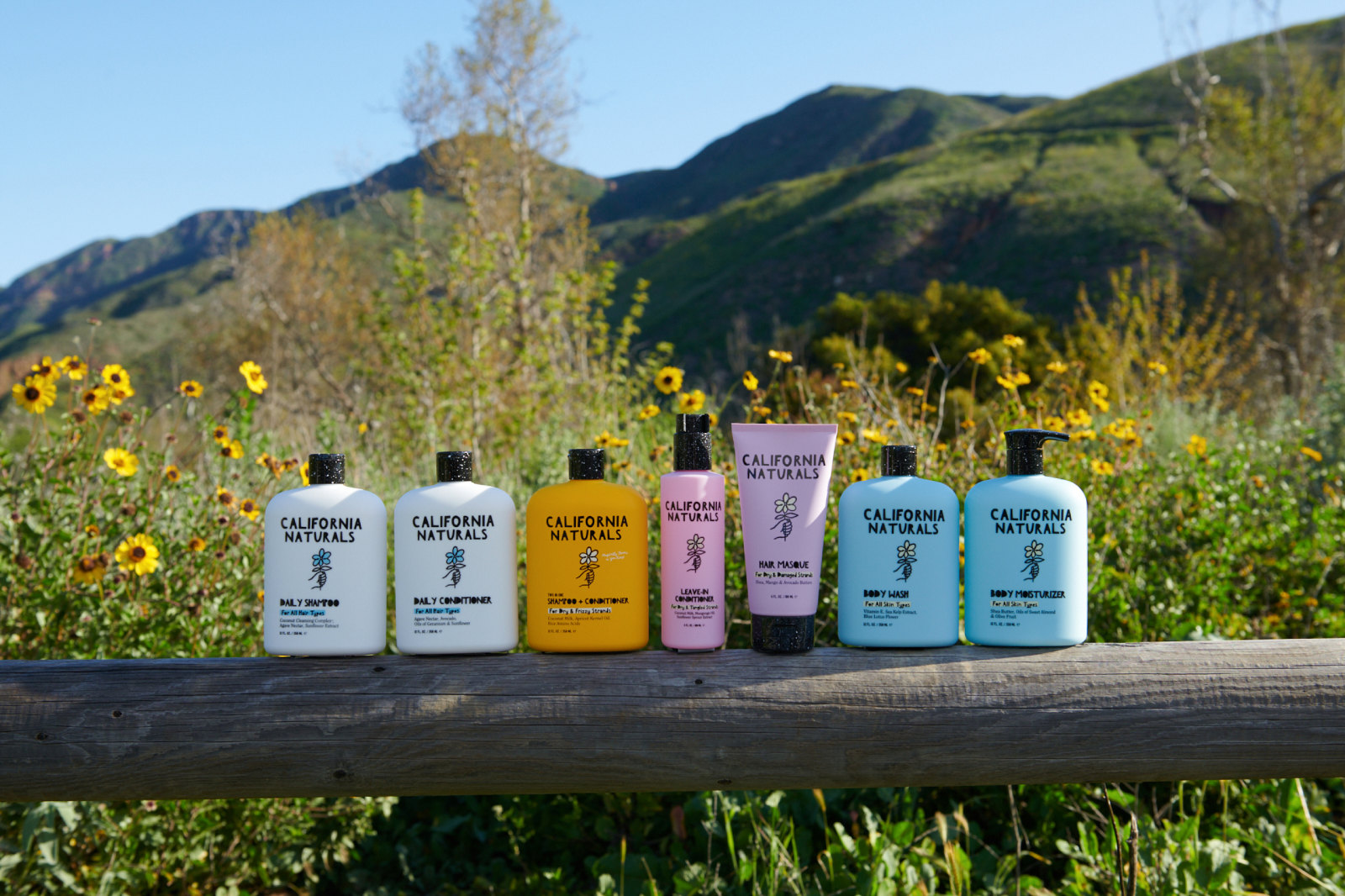
California Naturals goes from strength to strength since its 2023 launch, while Bondi Sands complements its Australian Open sponsorship with a new release […]
